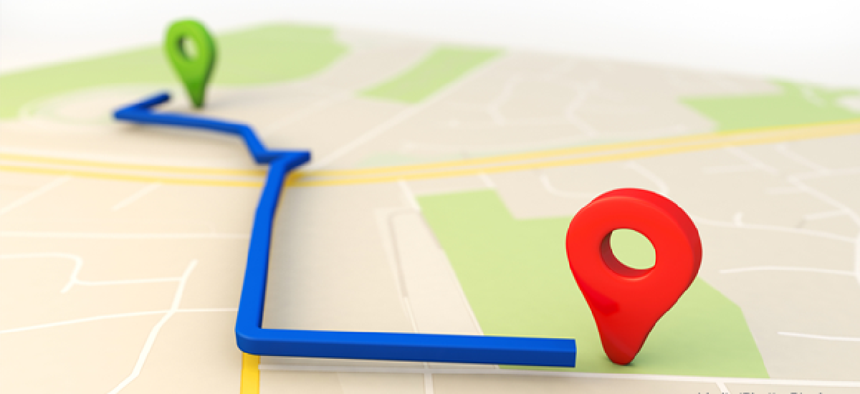NIST issues challenge to de-identify public safety datasets

The National Institute of Standards and Technology is asking the public to help it find new ways to de-identify public safety datasets so researchers and policy makers can glean insights while protecting individual privacy.
The National Institute of Standards and Technology is asking the public to help it find new ways to de-identify public safety datasets so researchers and policy makers can glean insights while protecting individual privacy.
Large public safety datasets containing health and location information could help epidemiologists identify the source and spread of a specific infection and help public safety personnel with emergency response in the event of a large-scale disaster.
However, those datasets are made up of individual records containing personally identifiable information. A call to 911 for example, starts with an individual’s name, address and the time of the call and eventually may eventually include information on a person’s medical diagnosis and prescriptions. Even if an individual’s data is anonymized, NIST said, public safety records containing PII, time and location data can be linked to third-party databases and used to re-identify individuals.
With fully de-identified datasets containing PII, researchers can ensure data remains useful while limiting what can be learned about any individual, regardless of what third-party information is available. That’s where NIST’s Differential Privacy Temporal Map Challenge comes in.
Differential privacy is considered a viable method to protect PII while still retaining enough details in the data to make it useful. It adds noise or distortions to some of the data so that general conclusions can be drawn from analysis, but when a statistic is released, information about an individual is not revealed. The Census Bureau, for example, is planning to use differential privacy to avoid revealing specific data that could be used to identify actual people while still getting detailed data on the nation’s residents down to the neighborhood level.
Launched Oct. 1, NIST’s Differential Privacy Temporal Map Challenge features three contests in which participants apply differential privacy methods to time-stamped map data, where one individual in the data may contribute to a sequence of events. The goal, according to the challenge website, is to create a privacy-preserving dashboard map that shows changes across different map segments over time.
“Temporal map data, with its ability to track a person’s location over a period of time, is particularly helpful to public safety agencies,” said Gary Howarth, NIST's prize challenge manager. “The goal of this challenge is to develop solutions that can protect the privacy of individual citizens and first responders when agencies need to share data.”
NIST is also asking the public to help develop metrics and scoring methods to evaluate the accuracy of the algorithms that de-identify the temporal map data.
Up to $276,000 is available in prize money. The challenge is being hosted by NIST’s Public Safety Communications Research division and managed by DrivenData, Knexus Research and HeroX.
The challenge is accepting submissions through Jan. 5, 2021. For additional information about the challenge, visit DrivenData.org.





